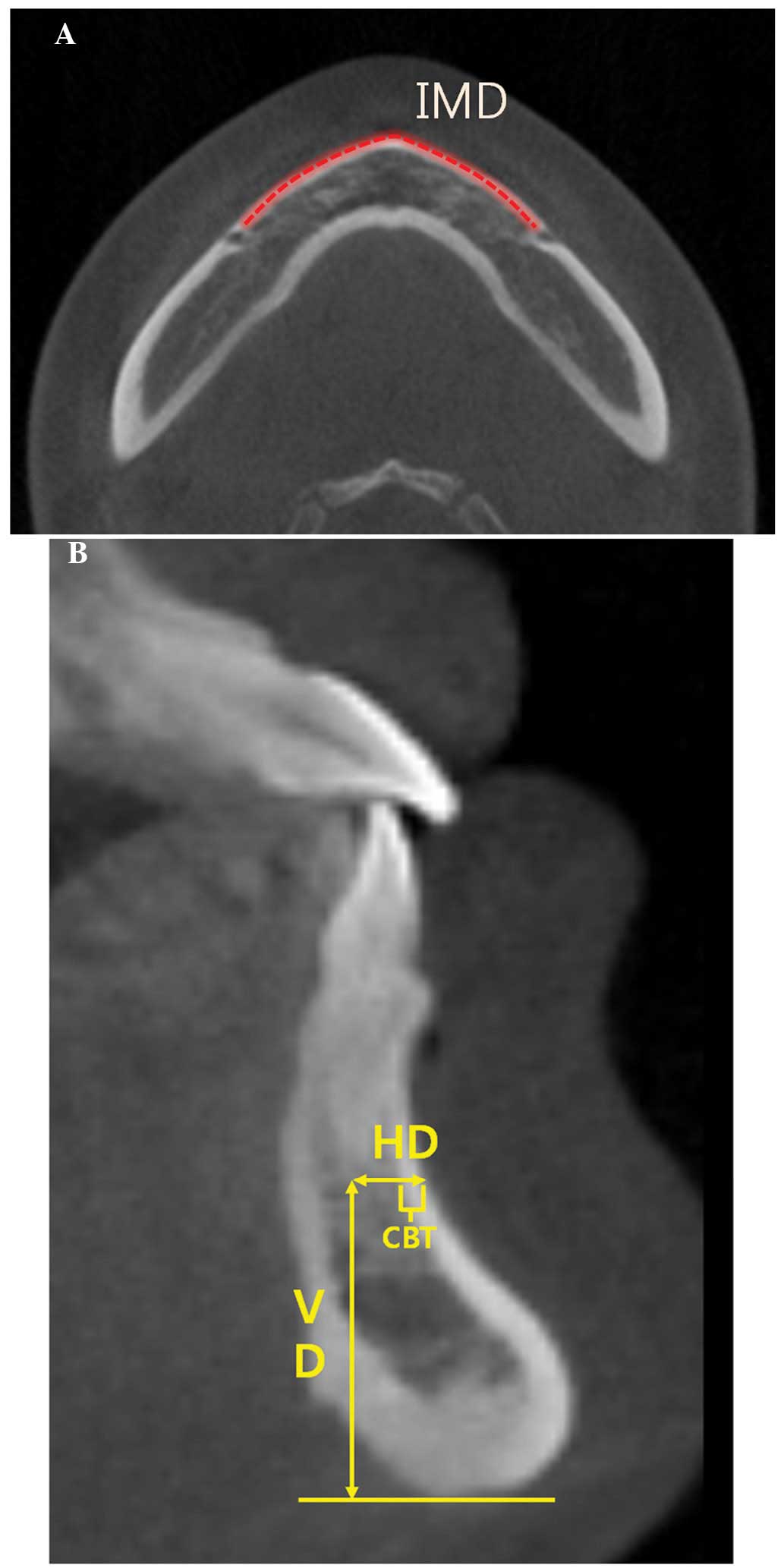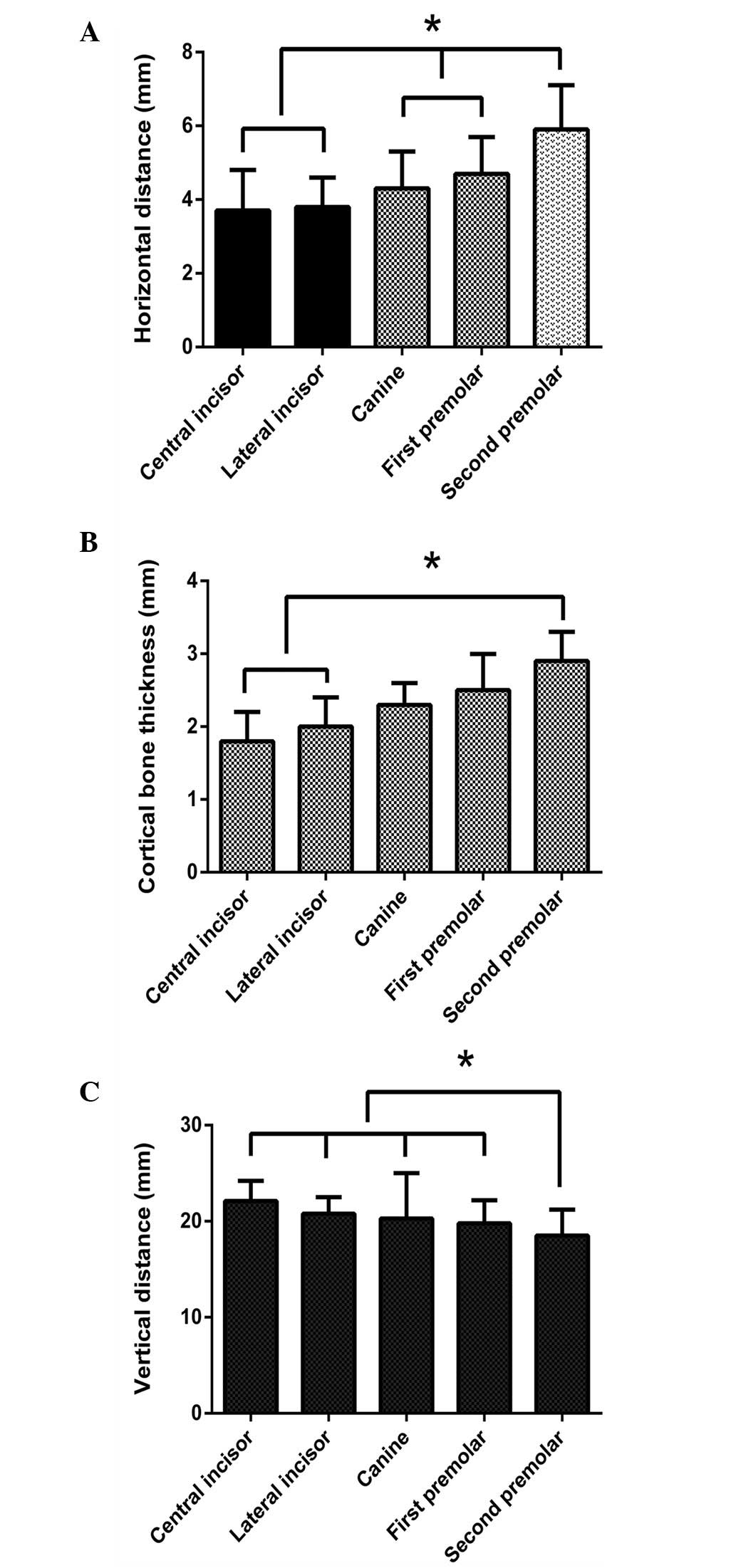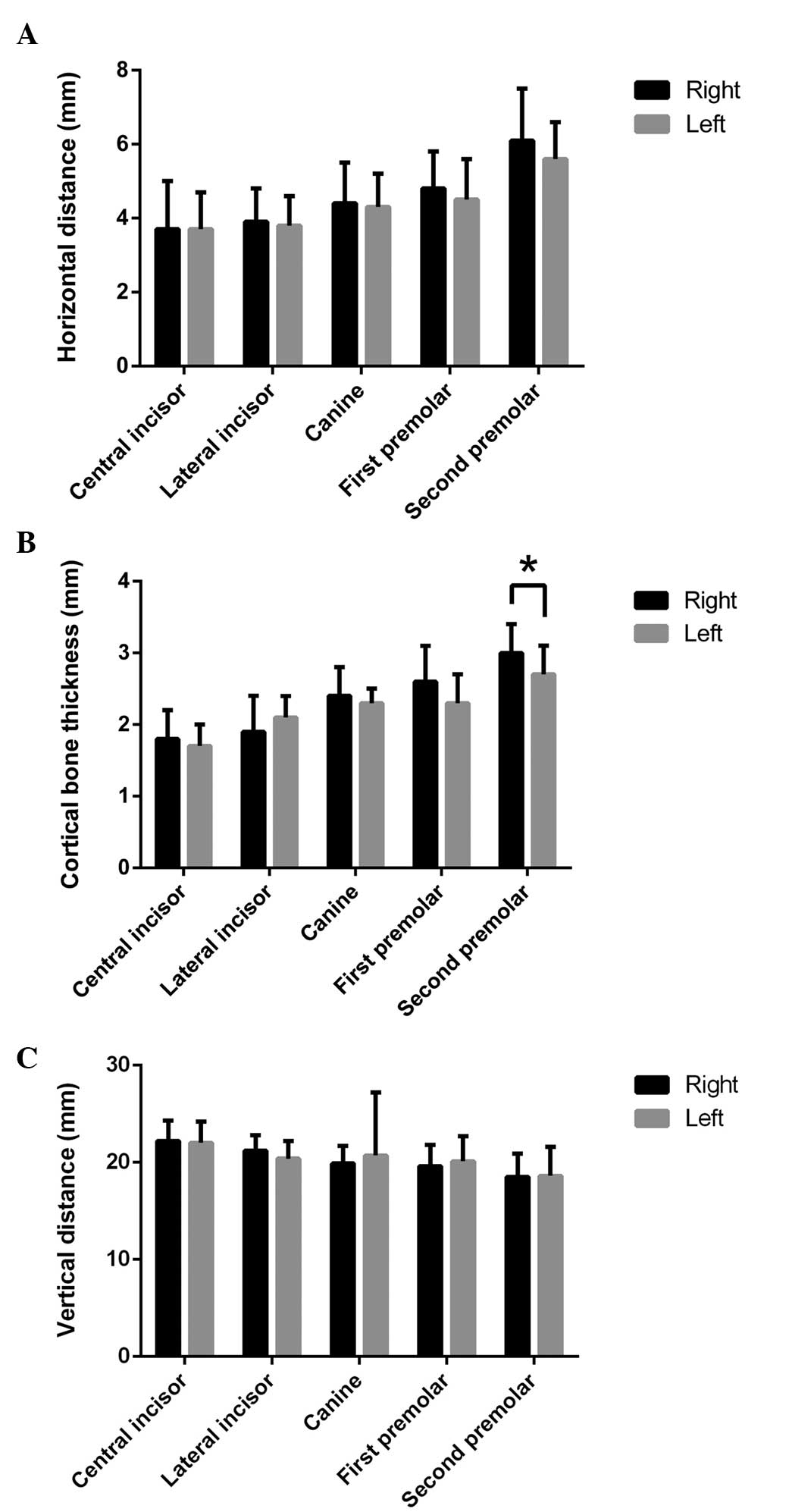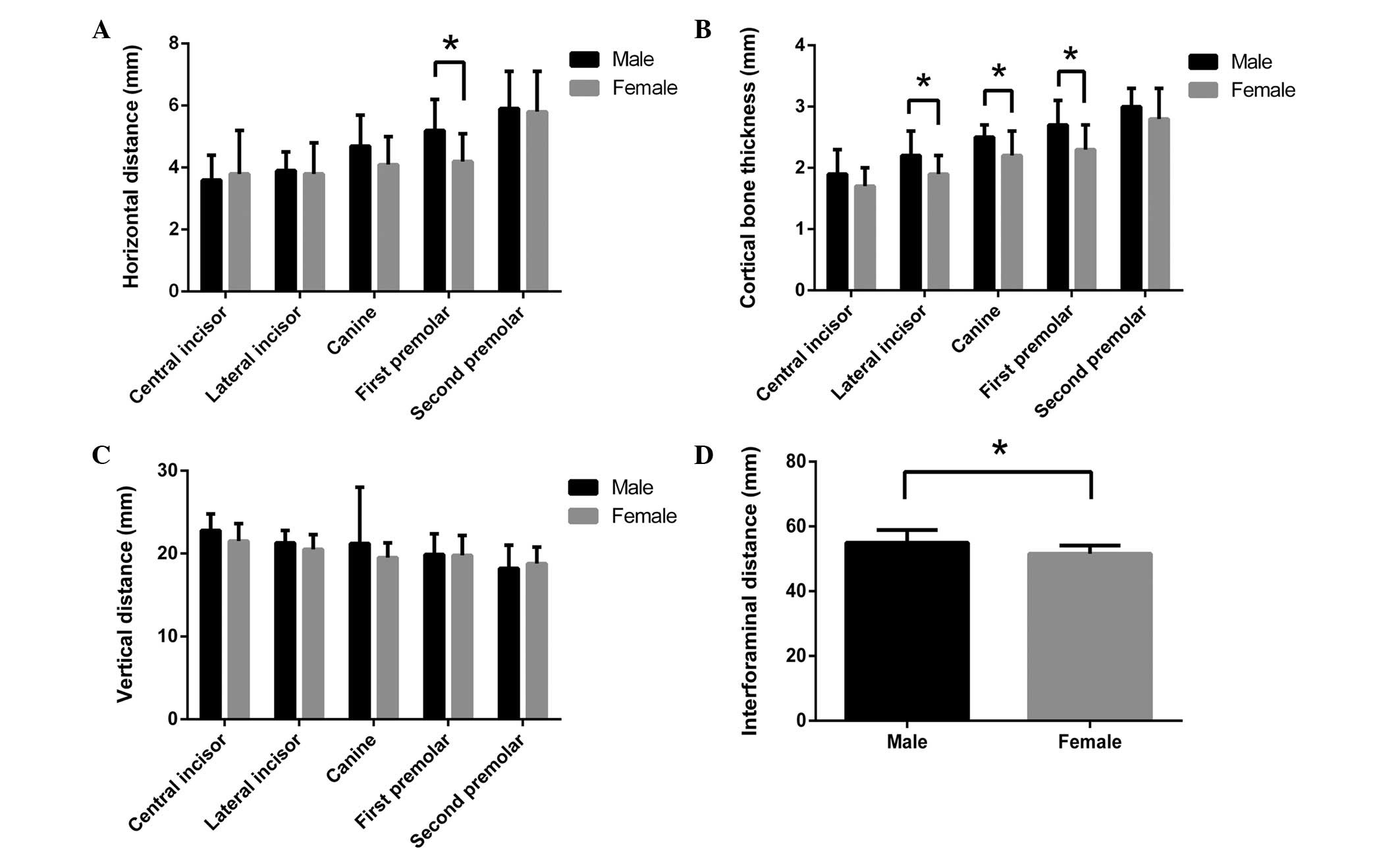|
1
|
Rogers GF and Greene AK: Autogenous bone
graft: Basic science and clinical implications. J Craniofac Surg.
23:323–327. 2012. View Article : Google Scholar : PubMed/NCBI
|
|
2
|
Misch CM: Comparison of intraoral donor
sites for onlay grafting prior to implant placement. Int J Oral
Maxillofac Implants. 12:767–776. 1997.PubMed/NCBI
|
|
3
|
Clavero J and Lundgren S: Ramus or chin
grafts for maxillary sinus inlay and local onlay augmentation:
Comparison of donor site morbidity and complications. Clin Implant
Dent Relat Res. 5:154–160. 2003. View Article : Google Scholar : PubMed/NCBI
|
|
4
|
Borstlap WA, Heidbuchel KL, Freihofer HP
and Kuijpers-Jagtman AM: Early secondary bone grafting of alveolar
cleft defects. A comparison between chin and rib grafts. J
Craniomaxillofac Surg. 18:201–205. 1990. View Article : Google Scholar : PubMed/NCBI
|
|
5
|
Lin KY, Bartlett SP, Yaremchuk MJ, Fallon
M, Grossman RF and Whitaker LA: The effect of rigid fixation on the
survival of onlay bone grafts: An experimental study. Plast
Reconstr Surg. 86:449–456. 1990. View Article : Google Scholar : PubMed/NCBI
|
|
6
|
Smith JD and Abramson M: Membranous vs
endochondrial bone autografts. Arch Otolaryngol. 99:203–205. 1974.
View Article : Google Scholar : PubMed/NCBI
|
|
7
|
Zins JE and Whitaker LA: Membranous versus
endochondral bone: Implications for craniofacial reconstruction.
Plast Reconstr Surg. 72:778–785. 1983. View Article : Google Scholar : PubMed/NCBI
|
|
8
|
Kusiak JF, Zins JE and Whitaker LA: The
early revascularization of membranous bone. Plast Reconstr Surg.
76:510–516. 1985. View Article : Google Scholar : PubMed/NCBI
|
|
9
|
Misch CM, Misch CE, Resnik RR and Ismail
YH: Reconstruction of maxillary alveolar defects with mandibular
symphysis grafts for dental implants: A preliminary procedural
report. Int J Oral Maxillofac Implants. 7:360–366. 1992.PubMed/NCBI
|
|
10
|
Nóia CF, Ortega-Lopes R, Olate S, Duque
TM, de Moraes M and Mazzonetto R: Prospective clinical assessment
of morbidity after chin bone harvest. J Craniofac Surg.
22:2195–2198. 2011. View Article : Google Scholar : PubMed/NCBI
|
|
11
|
Raghoebar GM, Louwerse C, Kalk WW and
Vissink A: Morbidity of chin bone harvesting. Clin Oral Implants
Res. 12:503–507. 2001. View Article : Google Scholar : PubMed/NCBI
|
|
12
|
Jin SH, Park JB, Kim N, Park S, Kim KJ,
Kim Y, Kook YA and Ko Y: The thickness of alveolar bone at the
maxillary canine and premolar teeth in normal occlusion. J
Periodontal Implant Sci. 42:173–178. 2012. View Article : Google Scholar : PubMed/NCBI
|
|
13
|
Al-Ani O, Nambiar P, Ha KO and Ngeow WC:
Safe zone for bone harvesting from the interforaminal region of the
mandible. Clin Oral Implants Res. 24(Suppl A100): 115–121. 2013.
View Article : Google Scholar : PubMed/NCBI
|
|
14
|
Denissen HW, Kalk W, Veldhuis HA and van
Waas MA: Anatomic consideration for preventive implantation. Int J
Oral Maxillofac Implants. 8:191–196. 1993.PubMed/NCBI
|
|
15
|
Neiva RF, Gapski R and Wang HL:
Morphometric analysis of implant-related anatomy in Caucasian
skulls. J Periodontol. 75:1061–1067. 2004. View Article : Google Scholar : PubMed/NCBI
|
|
16
|
Arzouman MJ, Otis L, Kipnis V and Levine
D: Observations of the anterior loop of the inferior alveolar
canal. Int J Oral Maxillofac Implants. 8:295–300. 1993.PubMed/NCBI
|
|
17
|
Ritter L, Neugebauer J, Mischkowski RA,
Dreiseidler T, Rothamel D, Richter U, Zinser MJ and Zoller JE:
Evaluation of the course of the inferior alveolar nerve in the
mental foramen by cone beam computed tomography. Int J Oral
Maxillofac Implants. 27:1014–1021. 2012.PubMed/NCBI
|
|
18
|
Bavitz JB, Harn SD, Hansen CA and Lang M:
An anatomical study of mental neurovascular bundle-implant
relationships. Int J Oral Maxillofac Implants. 8:563–567.
1993.PubMed/NCBI
|
|
19
|
Misch C: Root form surgery in the
edentulous anterior and posterior mandible: Implant insertion.
Contemporary Implant Dentistry (Third). (St. Louis, MO). Mosby
Elsevier. 221–226. 2008.
|
|
20
|
Mardinger O, Chaushu G, Arensburg B,
Taicher S and Kaffe I: Anterior loop of the mental canal: An
anatomical-radiologic study. Implant Dent. 9:120–125. 2000.
View Article : Google Scholar : PubMed/NCBI
|
|
21
|
Kuzmanovic DV, Payne AG, Kieser JA and
Dias GJ: Anterior loop of the mental nerve: A morphological and
radiographic study. Clin Oral Implants Res. 14:464–471. 2003.
View Article : Google Scholar : PubMed/NCBI
|
|
22
|
Greenstein G and Tarnow D: The mental
foramen and nerve: Clinical and anatomical factors related to
dental implant placement: A literature review. J Periodontol.
77:1933–1943. 2006. View Article : Google Scholar : PubMed/NCBI
|
|
23
|
Solar P, Ulm C, Frey G and Matejka M: A
classification of the intraosseous paths of the mental nerve. Int J
Maxillofac Implants. 9:339–344. 1994.
|
|
24
|
Hunt DR and Jovanovic SA: Autogenous bone
harvesting: A chin graft technique for particulate and monocortical
bone blocks. Int J Periodontics Restorative Dent. 19:165–173.
1999.PubMed/NCBI
|
|
25
|
Pommer B, Tepper G, Gahleitner A, Zechner
W and Watzek G: New safety margins for chin bone harvesting based
on the course of the mandibular incisive canal in CT. Clin Oral
Implants Res. 19:1312–1316. 2008. View Article : Google Scholar : PubMed/NCBI
|
|
26
|
Montazem A, Valauri DV, St-Hilaire H and
Buchbinder D: The mandibular symphysis as a donor site in
maxillofacial bone grafting: A quantitative anatomic study. J Oral
Maxillofac Surg. 58:1368–1371. 2000. View Article : Google Scholar : PubMed/NCBI
|
|
27
|
Garvin HM and Ruff CB: Sexual dimorphism
in skeletal browridge and chin morphologies determined using a new
quantitative method. Am J Phys Anthropol. 147:661–670. 2012.
View Article : Google Scholar : PubMed/NCBI
|
|
28
|
Wang Q, Ashley DW and Dechow PC: Regional,
ontogenetic, and sex-related variations in elastic properties of
cortical bone in baboon mandibles. Am J Phys Anthropol.
141:526–549. 2010.PubMed/NCBI
|
|
29
|
Lee KA, Kim MS, Hong JY, Lee JS, Choi SH,
Chai JK and Jung UW: Anatomical topography of the mandibular
symphysis in the Korean population: A computed tomography analysis.
Clin Anat. 27:592–597. 2014. View
Article : Google Scholar : PubMed/NCBI
|


















